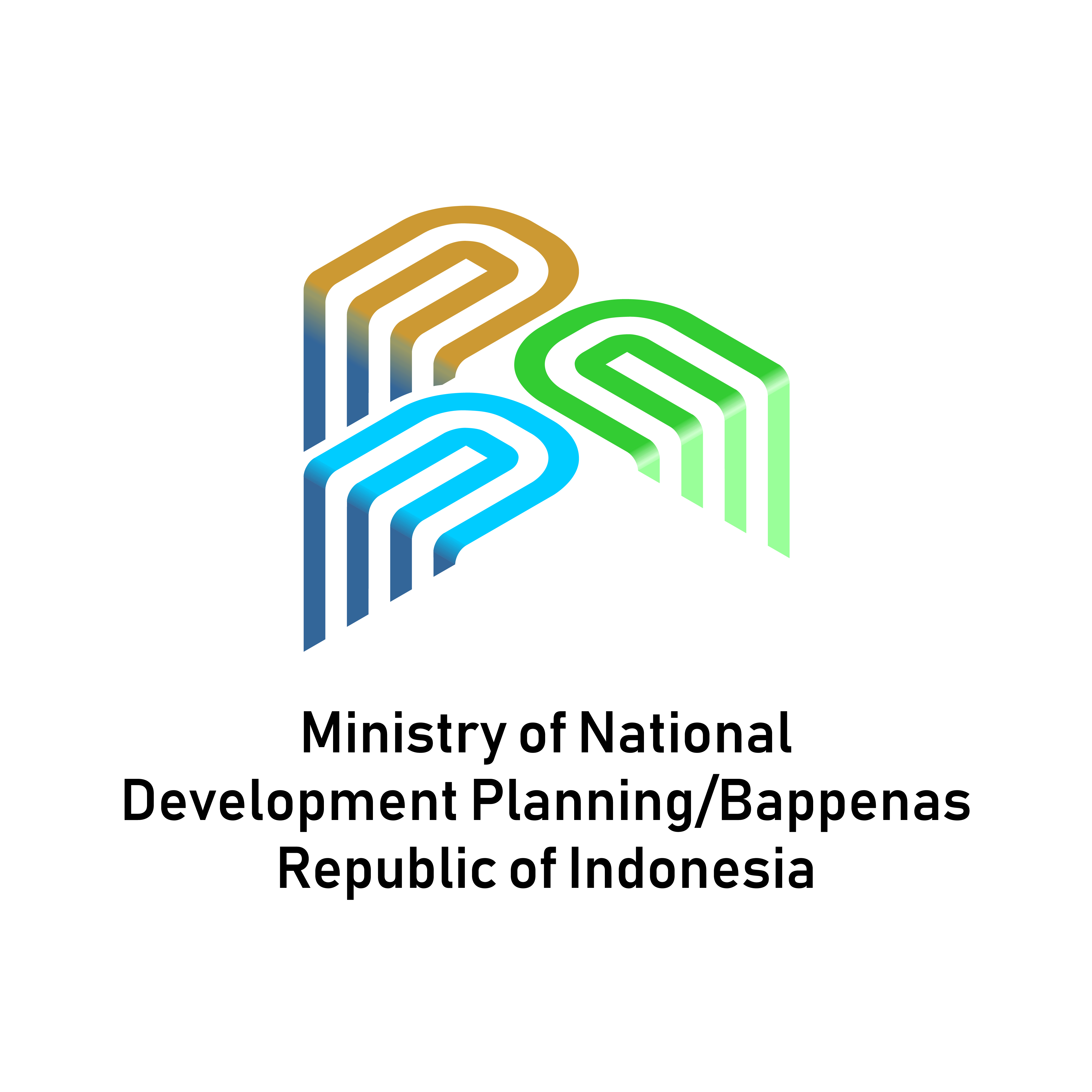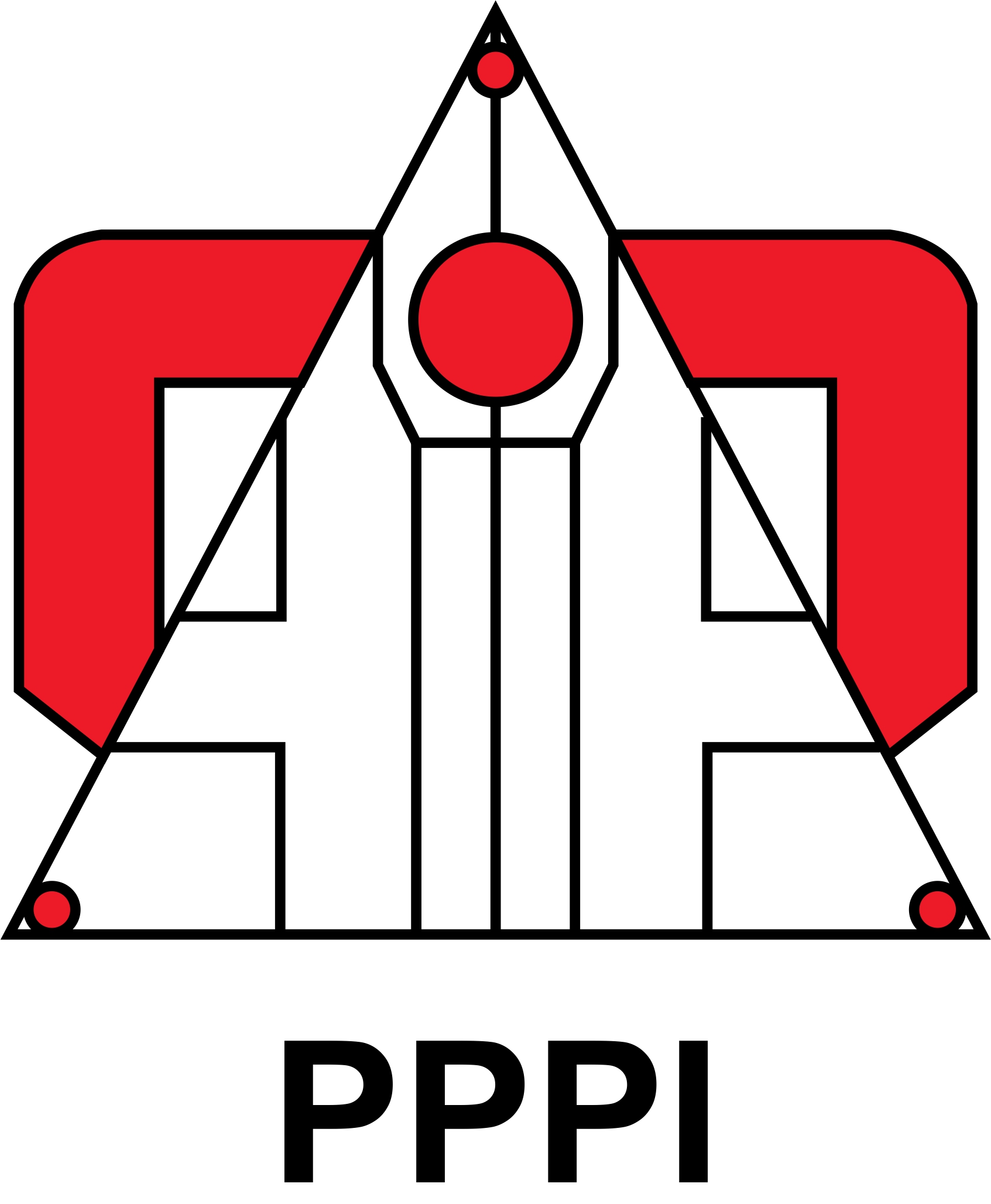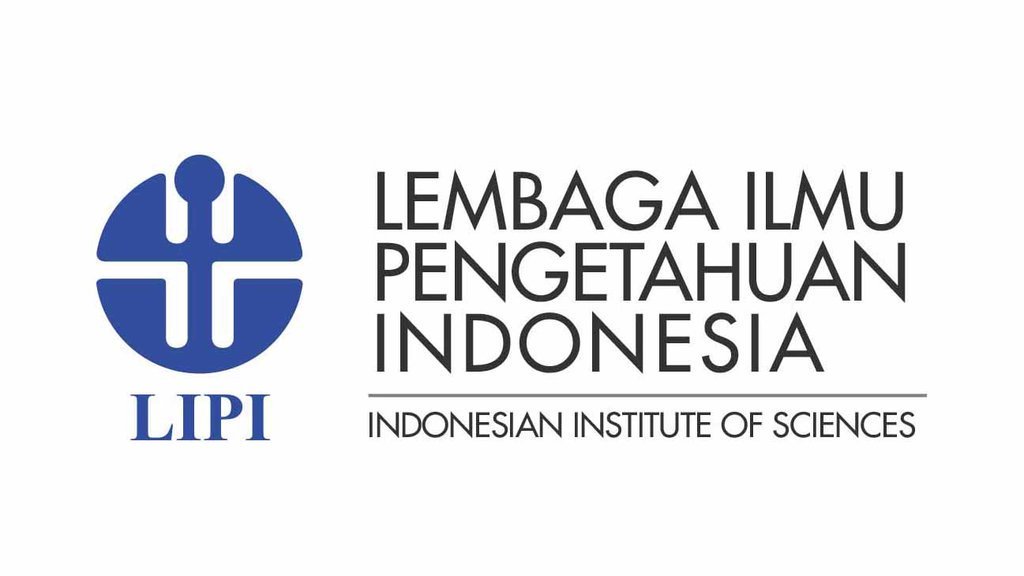Developing Social Capital in Reputation of Jepara as a Carving City
DOI:
https://doi.org/10.36574/jpp.v6i1.261Keywords:
Furniture Industry, Carving City, Public Relations, Regional Reputation, Social CapitalAbstract
Jepara's reputation as “The World Carving Centre” is suspected of experiencing an identity crisis, marked by the decline in export value during the covid19 pandemic, the absence of regeneration of wood craftsmen, and other problems. The Jepara people's belief in the power of carving as local wisdom that is preserved needs to be accompanied by social capital consisting of the government, industry players, entrepreneurs, and craftsmen. Social capital has a role in building Jepara's reputation as a City of Carving with a Public Relations approach. Therefore, this study implemented the Reputation Management Theory by applying a qualitative method with a case study approach. After observation and in-depth interviews were conducted with the government, furniture entrepreneurs, and artisans, it was found that social capital becomes a relational dimension to achieve the goals of regional public relations reputation. Public Relations is recognized as an organizational function that includes boundaries responsible for communication engagement with various stakeholders to facilitate social relations, co-creation, and communication. Community involvement and social life, such as building relationships, norms, and trust, enable them to manage their reputation effectively. Social capital is due to various elements, including trust, rules, and norms governing social action, social interaction, and network resources.
Downloads
References
Claridge, T. (2004). Designing Social Capital Sensitive Participation Methodologies. Social Capital Research, June.
Daymon, C., & Holloway, I. (2011). Qualitative Research Methods in Public Relations and Marketing Communications.
Fathy, R. (2019). Modal Sosial: Konsep, Inklusivitas dan Pemberdayaan Masyarakat. Jurnal Pemikiran Sosiologi, 6(1), 1–17.
Heath, R. L. (2013). Encyclopedia of Public Relations (Second Edi). Sage Publications, Inc.
Hurst, B., & Johnston, K. A. (2021). The social imperative in public relations: Utilities of social impact, social license, and engagement. Public Relations Review, 47(2). https://doi.org/10.1016/j.pubrev.2021.102039
Indrayani, H., Nurlita, R., & Fitriani, J. D. (2020). Manajemen Strategis Public Relations: Teori dan Praktik Corporate dan Government Public Relations (A. Wikan, Ed.). PR Indonesia.
IPRAHUMAS. (2021). Dinamika dan Strategi Humas Pemerintah di Indonesia. In H. Indrayani, R. Nurlita, & T. Kharisma (Eds.), Proceeding Komunikasi dan Kehumasan. IPRAHUMAS.
Jepara, D. K. (2021). Rencana Kerja (RENJA) tahun 2021.
Marschlich, S., & Ingenhoff, D. (2021). Stakeholder engagement in a multicultural context: The contribution of (personal) relationship cultivation to social capital. Public Relations Review, 47(4). https://doi.org/10.1016/j.pubrev.2021.102091
Mustofa, A. (2021). Kerajinan Ukir di Jepara Ditinggalkan Generasi Muda, Ini Pemicunya. Radarkudus.Jawapos.Com. https://radarkudus.jawapos.com/read/2021/04/23/256437/kerajinan-ukir-di-jepara-ditinggalkan-generasi-muda-ini-pemicunya
Rahmawati, F. (2021). Nilai Ekspor Industri Kerajinan di Jepara Merosot 14,6 Persen. Ayosemarang.Com. https://semarang.ayoindonesia.com/bisnis/pr-77803392/Nilai-Ekspor-Industri-Kerajinan-di-Jepara-Merosot-146-Persen?page=2
Rasyid, S. (2020). 5 Fakta Sejarah Ukiran Kayu di Jepara, Dijuluki “Kota Ukir Dunia.” Merdeka.Com. https://www.merdeka.com/jabar/5-fakta-sejarah-ukiran-kayu-di-jepara-dijuluki-the-world-carving-center.html?page=6
Redaksi. (2021). Terdampak Pandemi, Nilai Ekspor Furniture Jepara Triwulan I 2021 Anjlok. Serat.Id. https://serat.id/2021/07/09/terdampak-pandemi-nilai-ekspor-furniture-jepara-triwulan-i-2021-anjlok/
Saidah, R. (2017). Krisis Regenerasi Pengukir Muda dan Eksistensi Kearifan Budaya Ukir Jepara ( Studi Kasus di Desa Mulyoharjo , Kabupaten Jepara ). Forum Ilmu Sosial, 44(2), 107–115.
Seni Ukir Jepara Berkelas Dunia. (2019). Indonesia.Go.Id. https://indonesia.go.id/kategori/keanekaragaman-hayati/932/seni-ukir-jepara-berkelas-dunia
Wicaksono, D. Y. N. (2015). Peran Pemerintah Daerah Kabupaten Jepara Dalam Menjaga Eksistensi Industri Kerajinan Kayu Di Kota Ukir. Journal of Politic and Government Studies, 5(4), 1–14.
Zhang, W., & Abitbol, A. (2019). The Role of Public Relations in Social Capital. Online Journal of Communication and Media Technologies, 6(3). https://doi.org/10.29333/ojcmt/2565
Downloads
Published
How to Cite
Issue
Section
License
This is an open-access article distributed under the terms of the Creative Commons Attribution-NonCommercial-ShareAlike 4.0 International License. Copyright © Kementerian PPN/Bappenas RI


















